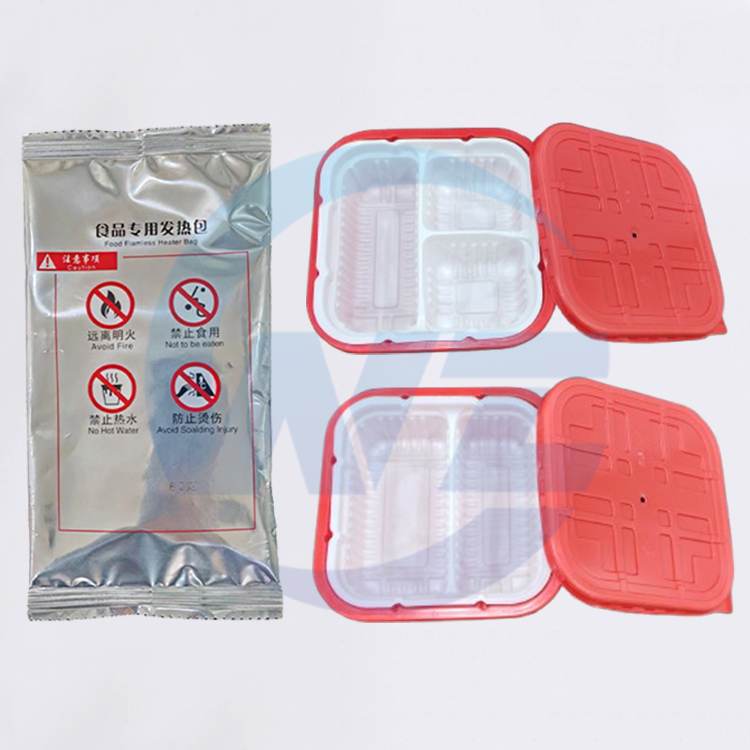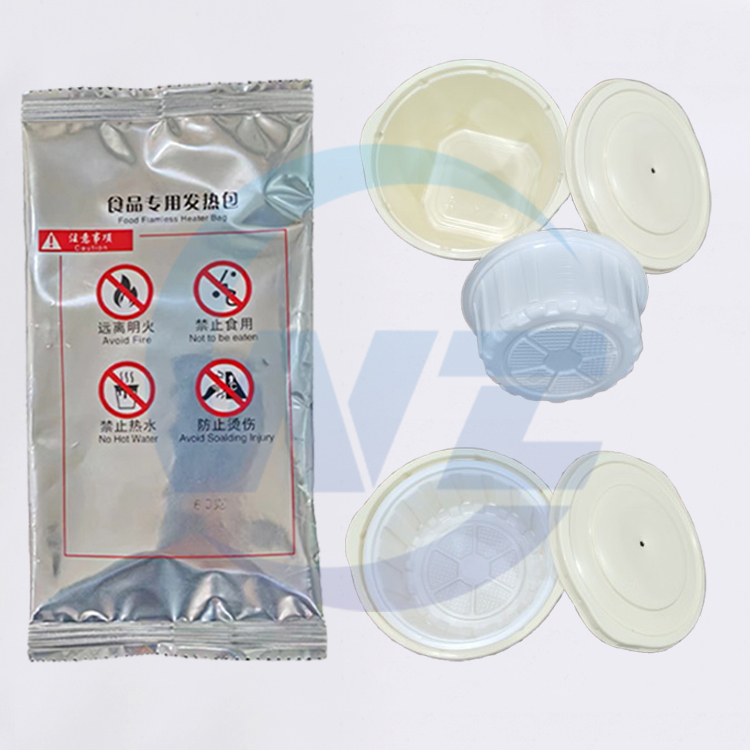by Kevin
Share
by Kevin
Share
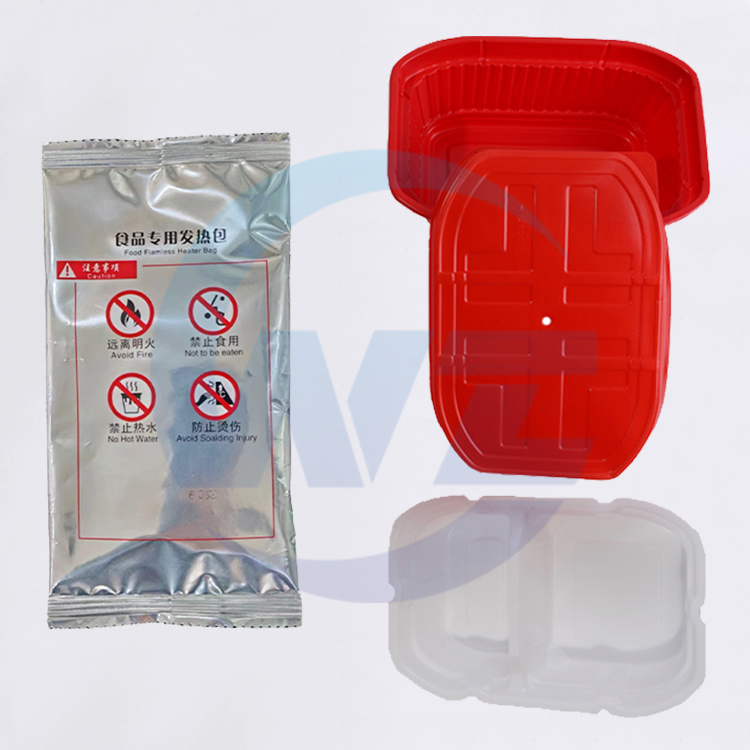
In any environment where traditional cooking is risky or impossible, the ability to prepare a hot meal without an open flame is not just a convenience—it’s a critical safety measure. Whether you’re in a confined space, an area with high fire risk, or a situation where stealth is essential, your safety is non-negotiable. Flameless heating technology provides the ultimate solution, allowing you to cook and enjoy hot meals with zero flame and zero smoke. This guide explores the vital safety features and applications of this technology, empowering you to make the safest choice for your hot meal needs.
The Core Safety Features of Zero-Flame Cooking
Zero Open Flame, Zero Fire Hazard
This is the most critical safety feature. Without a flame, there is no risk of starting a wildfire, igniting nearby flammable materials like tents or dry grass, or causing an accidental burn from an open fire. This eliminates the single greatest danger associated with outdoor and emergency cooking.
Zero Smoke Production
Flameless heaters produce no smoke. This provides two major safety benefits: first, it prevents smoke inhalation and respiratory irritation, especially important in enclosed spaces like vehicles or small shelters. Second, it ensures operational stealth, preventing the disclosure of your location to others.

No Carbon Monoxide (CO) Emissions
Unlike incomplete combustion from stoves or fires, which can produce deadly carbon monoxide, the chemical reaction in flameless heaters does not generate CO. This makes them safe to use in well-ventilated indoor or enclosed spaces where a traditional stove would be lethal.
Spark-Free Operation
The chemical reaction is entirely contained within the heater pouch. There are no sparks or flying embers, which could easily ignite sleeping bags, clothing, or dry leaves, making it the safest option for use in a tent or any forested area.
How Is This Zero-Flame Technology Engineered for Safety?
The safety of flameless cooking is the direct result of meticulous chemical and material engineering.
Controlled Chemical Reaction
The heater uses a controlled exothermic reaction, typically between magnesium powder and water. The reaction is vigorous enough to generate heat but is self-limiting and fully contained within a sealed pouch, preventing any uncontrolled energy release.

Durable and Sealed Packaging
The reactive chemicals are sealed in a robust, multi-layered pouch that is designed to withstand handling without puncturing. This prevents the contents from leaking and ensures the reaction only occurs when intentionally activated by adding water.
Food-Grade and Non-Toxic Materials
All components that come into contact with the food, including the heater pouch and the food tray, are made from food-grade, non-toxic materials. The chemical byproducts (like magnesium hydroxide) are stable and safe for disposal after the reaction is complete.
Critical Applications Where Safety Is the Priority
Military and Tactical Operations
In a tactical environment, a flame or smoke signature can reveal a unit’s position. Zero-flame, zero-smoke cooking is a matter of operational security and survival, allowing soldiers to eat hot meals without compromising their location.
Emergency and Disaster Scenarios
After an earthquake, hurricane, or in a building with a gas leak, any open flame is catastrophic. Flameless heaters provide a safe way to prepare food in damaged structures, crowded shelters, or vehicles where other methods are forbidden.

Industrial and Confined Space Work
For workers in remote locations, oil rigs, or any environment with flammable vapors, using a flameless heater is often a mandatory safety protocol, completely removing the ignition source from the equation.
Family Camping and Hiking
For families with children or pets, or for camping in areas with strict fire bans, flameless heaters provide peace of mind. You can enjoy a hot meal without the constant worry and supervision required for a campfire or stove.
How to Ensure Maximum Safety When Using Flameless Heaters?
Even with a safe product, proper use is paramount.
Ventilation is Key
While there is no carbon monoxide, the reaction does produce a small amount of hydrogen gas. Always use the heater in a well-ventilated area (e.g., a tent with a vent open or near a window) to prevent any gas buildup.
Follow Instructions Precisely
Use only the amount of water specified. Too much or too little water can affect the reaction and potentially create a mess. Handle the heater pouch after activation with care, as it will be very hot.
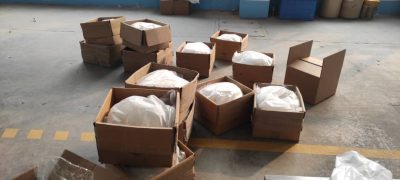
Use on a Stable, Heat-Resistant Surface
Place the heating box on a flat, stable surface away from the edge of a table or your lap to prevent it from being accidentally knocked over while hot.
Supervise Children
While safer than fire, the heater gets very hot and produces steam. Children should always be supervised by an adult during the heating and opening process.
Conclusion
When it comes to preparing a hot meal in a non-traditional environment, safety cannot be an afterthought. It must be the primary consideration. Flameless heating technology, with its zero flame and zero smoke design, provides the highest standard of safety available. It is a purpose-built solution that allows you to enjoy the comfort of a hot meal without compromising your well-being, your security, or your environment. By choosing to cook with zero flame, you are making a commitment to safety that is non-negotiable.
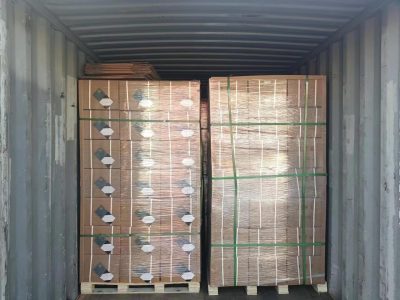
If you need to equip your team, family, or organization with the safest possible food heating solution, please contact us. We can provide expert recommendations based on your specific safety requirements. If you are unsure which product best meets your safety standards, consult us. Our team is ready to provide professional services and answer your questions. You are welcome to consult us at any time!
STAY IN THE LOOP


